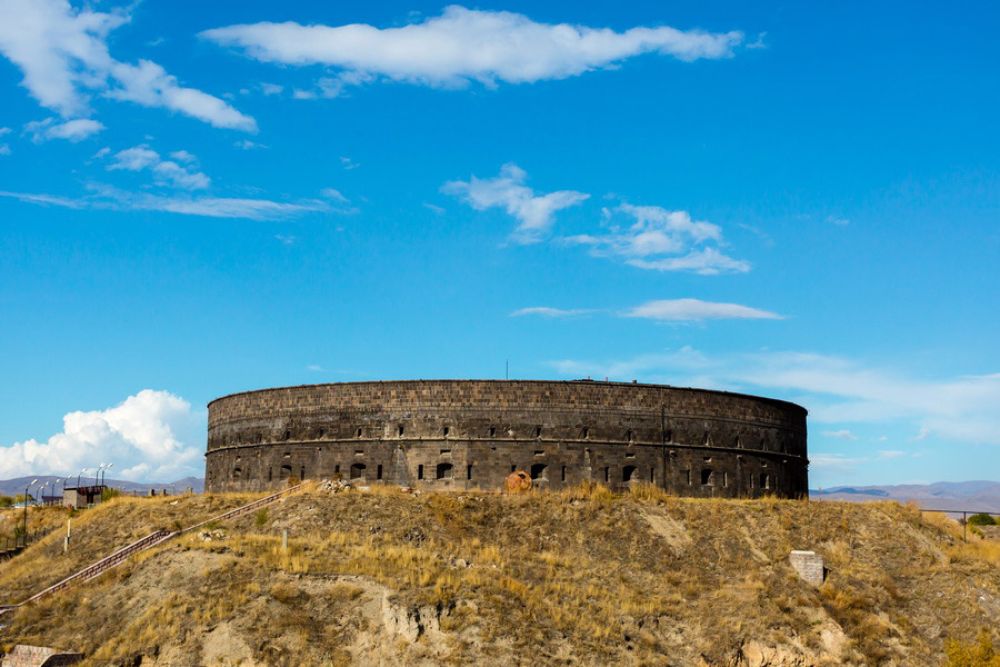

Gyumri, previously known as Alexandropol, is Armenia's second-largest city and one of the main cultural and industrial centers with a rich history that stretches back centuries. One of the city's most significant historical landmarks is the Black Fortress (Sev Berd in Armenian), which stands as a symbol of the past, present, and future of this region.
The construction of Sev Berd began in the 1830s, during the period after Eastern Armenia came under Russian rule as a result of the Russo-Persian War. Designed by architect Tamanyan, it was completed in the 1840s. The fortress served as a military installation and played a strategic role in the defense of the Russian Empire's borders.
Gyumri itself has long been known for its distinctive architecture, cultural life, and as being a city of crafts and arts. It is also noted for its resilient spirit, having been rebuilt after devastating earthquakes, particularly the one in 1988. Sev Berd, with its imposing basalt walls, has become a metaphor for the endurance of the people of Gyumri.
In recent decades, the importance of Sev Berd as a tourist destination has grown. The fortress, as well as the city of Gyumri itself, have become pivotal stops for travelers interested in exploring the rich history and cultural tapestry of Armenia. Visitors can explore the inner parts of the fortress, enjoy panoramic views of the city and the surrounding landscapes, and engage with exhibitions sometimes held within the walls of Sev Berd.
Tourism in Gyumri, and to the Black Fortress in particular, has been on the rise due to several factors:
Today, the Black Fortress is not only a silent witness to Gyumri’s past but also serves as a focal point for its touristic revival. Efforts continue to preserve this historical gem, ensuring that the legacy of Gyumri and Sev Berd remains robust and that it can continue to inspire and educate visitors for generations to come.